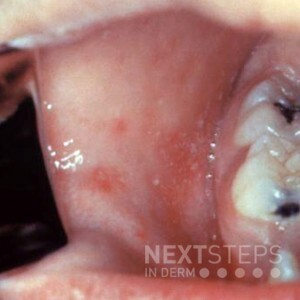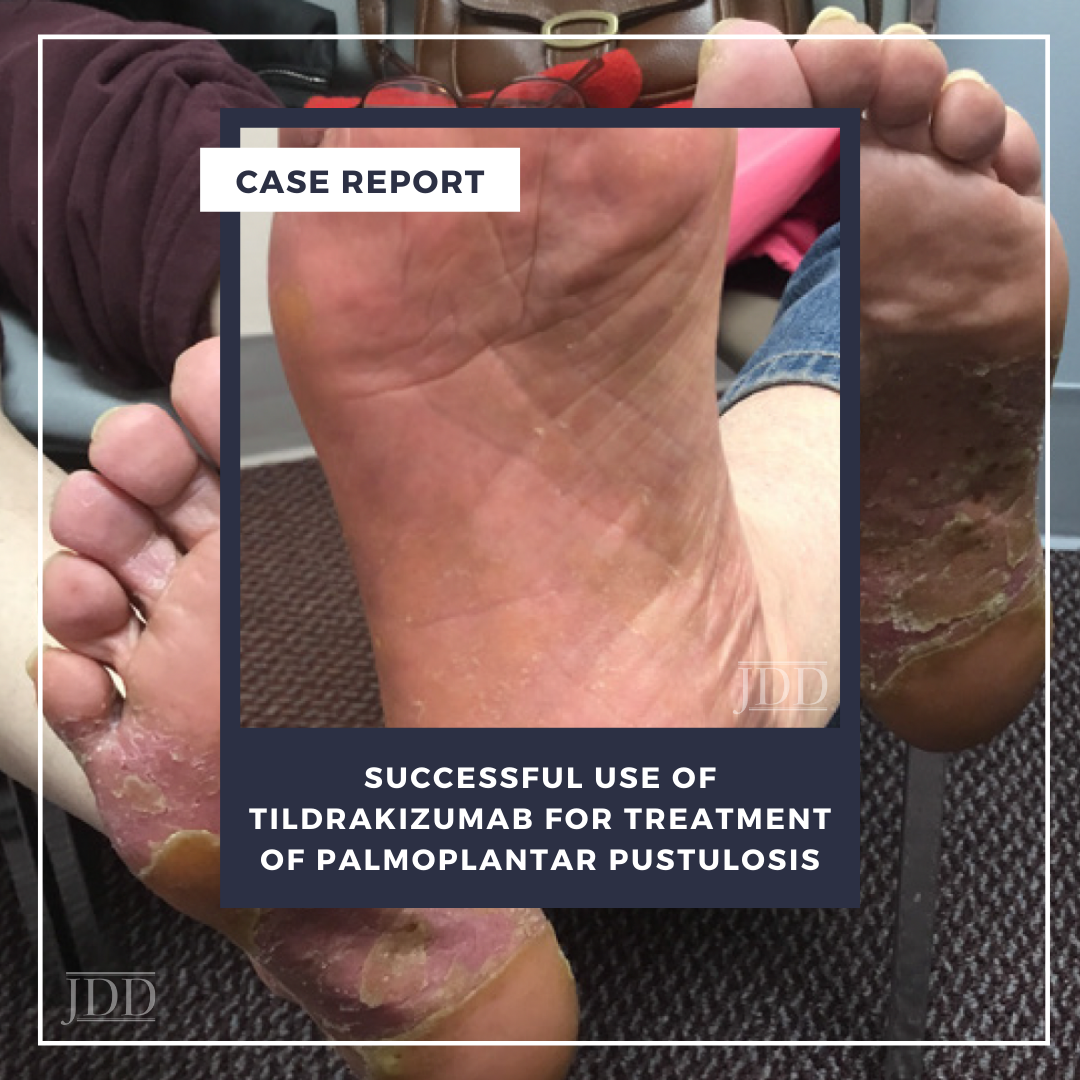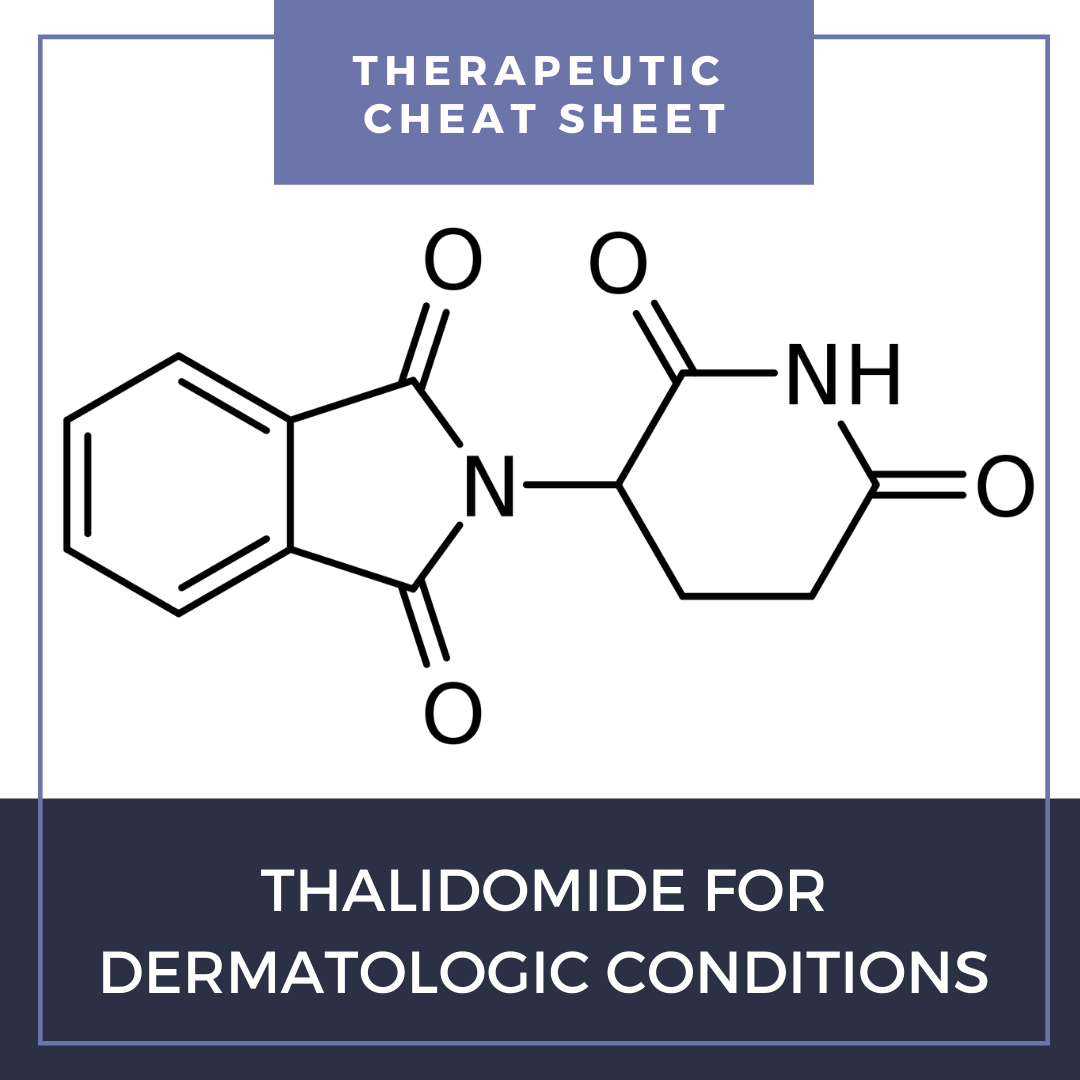Hair Restoration: Follicular Unit Transplantation & PRP
 During the 2021 virtual Skin of Color Conference, Dr. Meena Singh provided a terrific lecture about hair restoration with a focus on follicular unit transplantation and platelet-rich plasma (PRP) treatment.
Hair Transplantation
First, she introduced the topic by emphasizing that hair transplantation is based on theory of “donor dominance,” which means hair that is transplanted should grow in …
During the 2021 virtual Skin of Color Conference, Dr. Meena Singh provided a terrific lecture about hair restoration with a focus on follicular unit transplantation and platelet-rich plasma (PRP) treatment.
Hair Transplantation
First, she introduced the topic by emphasizing that hair transplantation is based on theory of “donor dominance,” which means hair that is transplanted should grow in …
 During the 2021 virtual Skin of Color Conference, Dr. Meena Singh provided a terrific lecture about hair restoration with a focus on follicular unit transplantation and platelet-rich plasma (PRP) treatment.
Hair Transplantation
First, she introduced the topic by emphasizing that hair transplantation is based on theory of “donor dominance,” which means hair that is transplanted should grow in …
During the 2021 virtual Skin of Color Conference, Dr. Meena Singh provided a terrific lecture about hair restoration with a focus on follicular unit transplantation and platelet-rich plasma (PRP) treatment.
Hair Transplantation
First, she introduced the topic by emphasizing that hair transplantation is based on theory of “donor dominance,” which means hair that is transplanted should grow in … Continue reading "Hair Restoration: Follicular Unit Transplantation & PRP"


 At the 2021 Skin of Color Update, Dr. Andrew Alexis hosted a panel discussion on Diversity, Equity, and Inclusion (DEI), with dermatology powerhouses Dr. Susan Taylor and Dr. Klint Peebles. These two panelists have tirelessly advocated for their respective causes, advancement of knowledge within skin of color (SOC) and LGBTQ (lesbian, gay, bisexual transgender, queer) health.
Our first panelist …
At the 2021 Skin of Color Update, Dr. Andrew Alexis hosted a panel discussion on Diversity, Equity, and Inclusion (DEI), with dermatology powerhouses Dr. Susan Taylor and Dr. Klint Peebles. These two panelists have tirelessly advocated for their respective causes, advancement of knowledge within skin of color (SOC) and LGBTQ (lesbian, gay, bisexual transgender, queer) health.
Our first panelist …  A 4-year-old boy presents to your clinic having recently returned from visiting family in the Philippines. His parents report that he has fever, cough, and nasal congestion. On exam, you notice conjunctival injection and the lesions pictured below. He does not have a rash. What is the most likely diagnosis?
A. Kawasaki disease
B. Rubeola
C. Hand-Foot-Mouth disease
D. Herpangina
…
A 4-year-old boy presents to your clinic having recently returned from visiting family in the Philippines. His parents report that he has fever, cough, and nasal congestion. On exam, you notice conjunctival injection and the lesions pictured below. He does not have a rash. What is the most likely diagnosis?
A. Kawasaki disease
B. Rubeola
C. Hand-Foot-Mouth disease
D. Herpangina
…  Palmoplantar pustulosis (PPP) is a rare, recurrent skin disorder that presents a major challenge to clinical therapy. JDD author Danilo C. Del Campo, MD, FAAD reports a case of a 69-year-old woman with a 20-year history of psoriasis with skin manifestations and clinical and pathologic features consistent with PPP. After intolerance to apremilast and unsuccessful use of topical corticosteroids and …
Palmoplantar pustulosis (PPP) is a rare, recurrent skin disorder that presents a major challenge to clinical therapy. JDD author Danilo C. Del Campo, MD, FAAD reports a case of a 69-year-old woman with a 20-year history of psoriasis with skin manifestations and clinical and pathologic features consistent with PPP. After intolerance to apremilast and unsuccessful use of topical corticosteroids and …  Thalidomide was introduced in the 1950s as a “safe” sleeping medication; however, it quickly became vilified and was removed from the market for its severe teratogenic effects, most commonly phecomelia, or loss of arms and legs. Despite these devastating birth defects, thalidomide has a variety of indications for dermatologic conditions, with manageable side effects when used appropriately. We …
Thalidomide was introduced in the 1950s as a “safe” sleeping medication; however, it quickly became vilified and was removed from the market for its severe teratogenic effects, most commonly phecomelia, or loss of arms and legs. Despite these devastating birth defects, thalidomide has a variety of indications for dermatologic conditions, with manageable side effects when used appropriately. We …